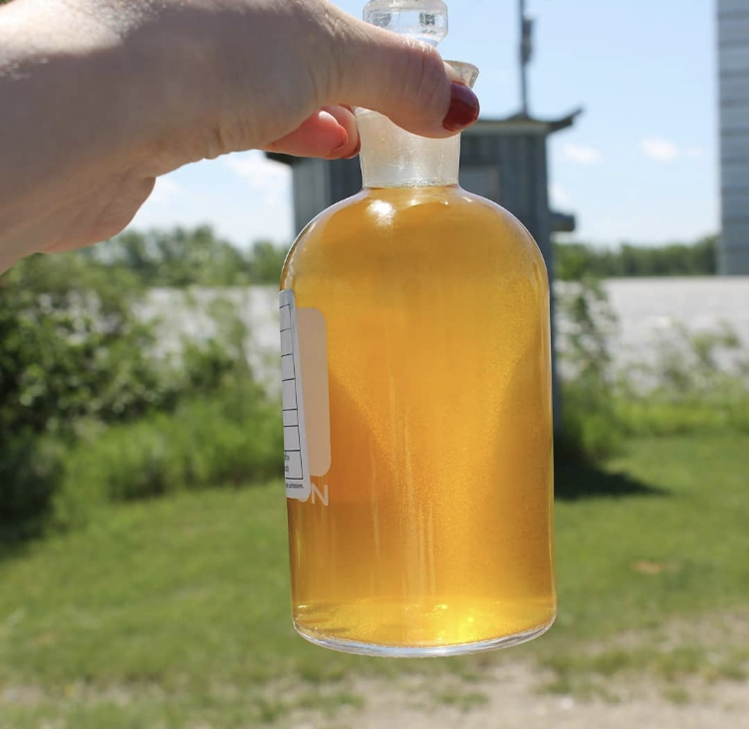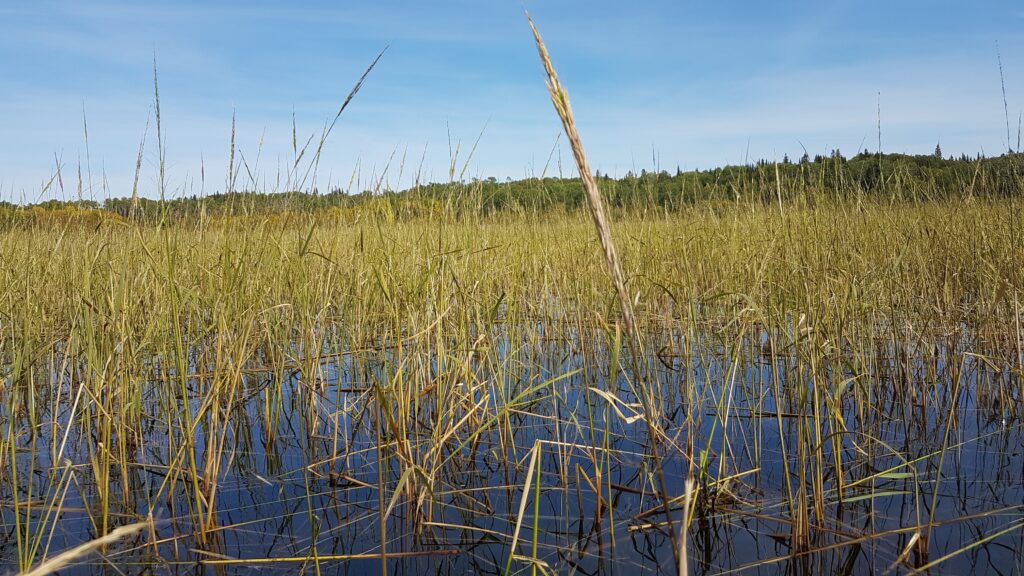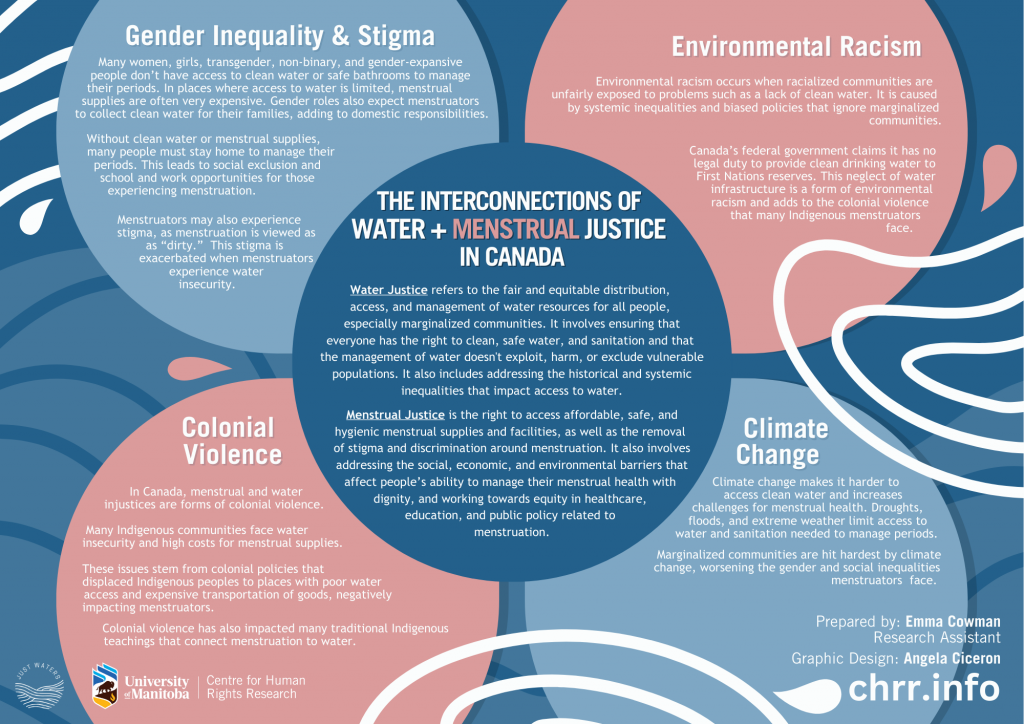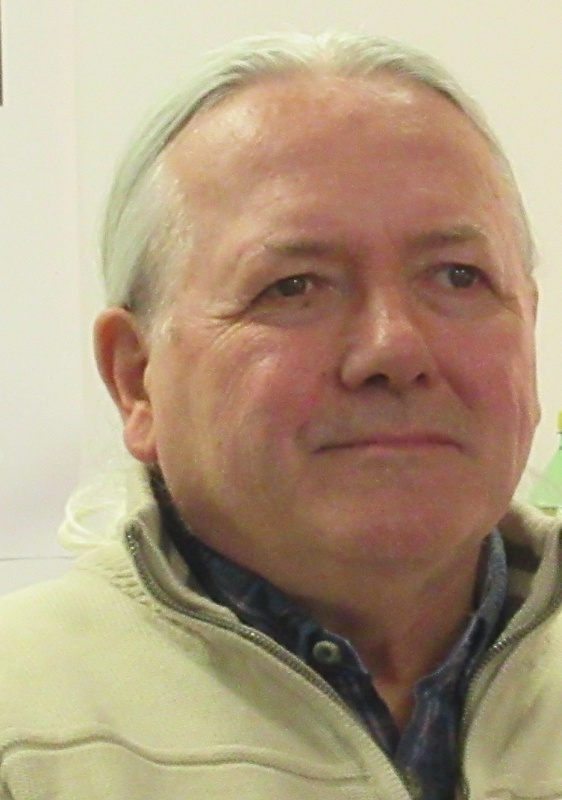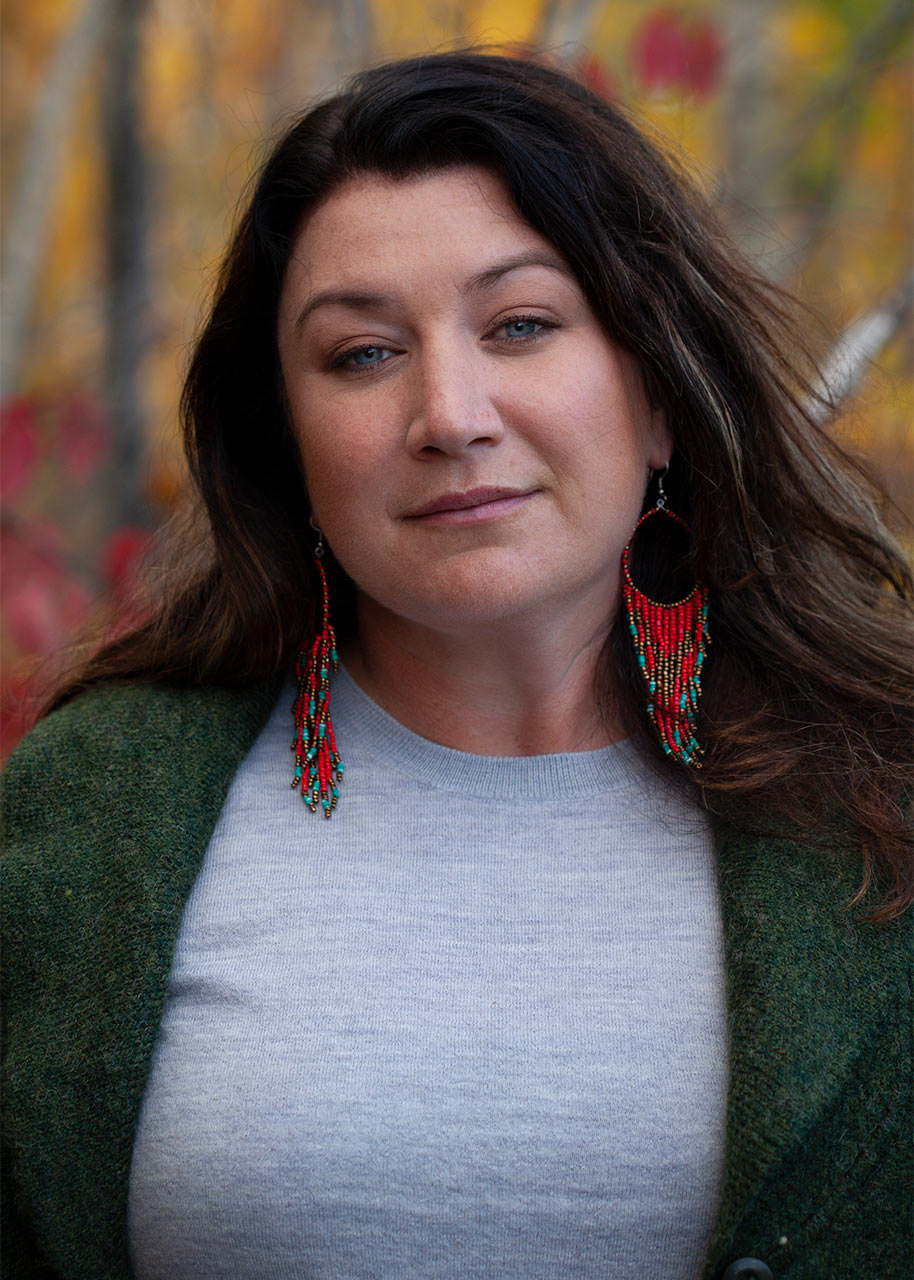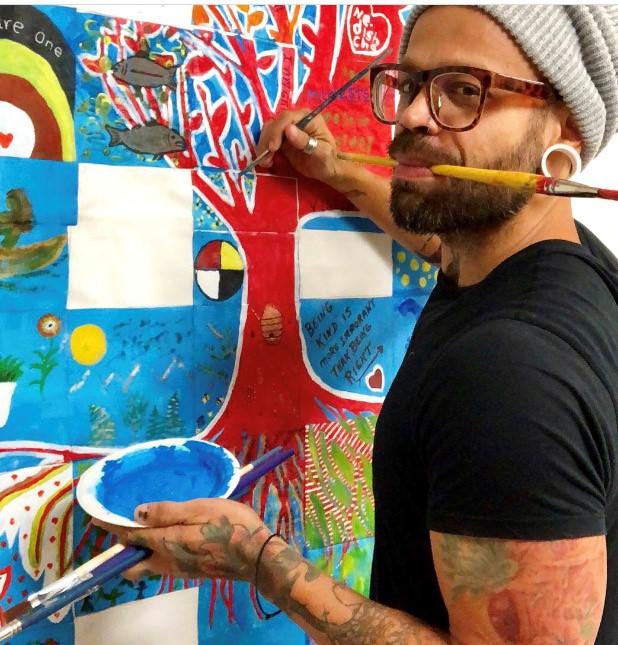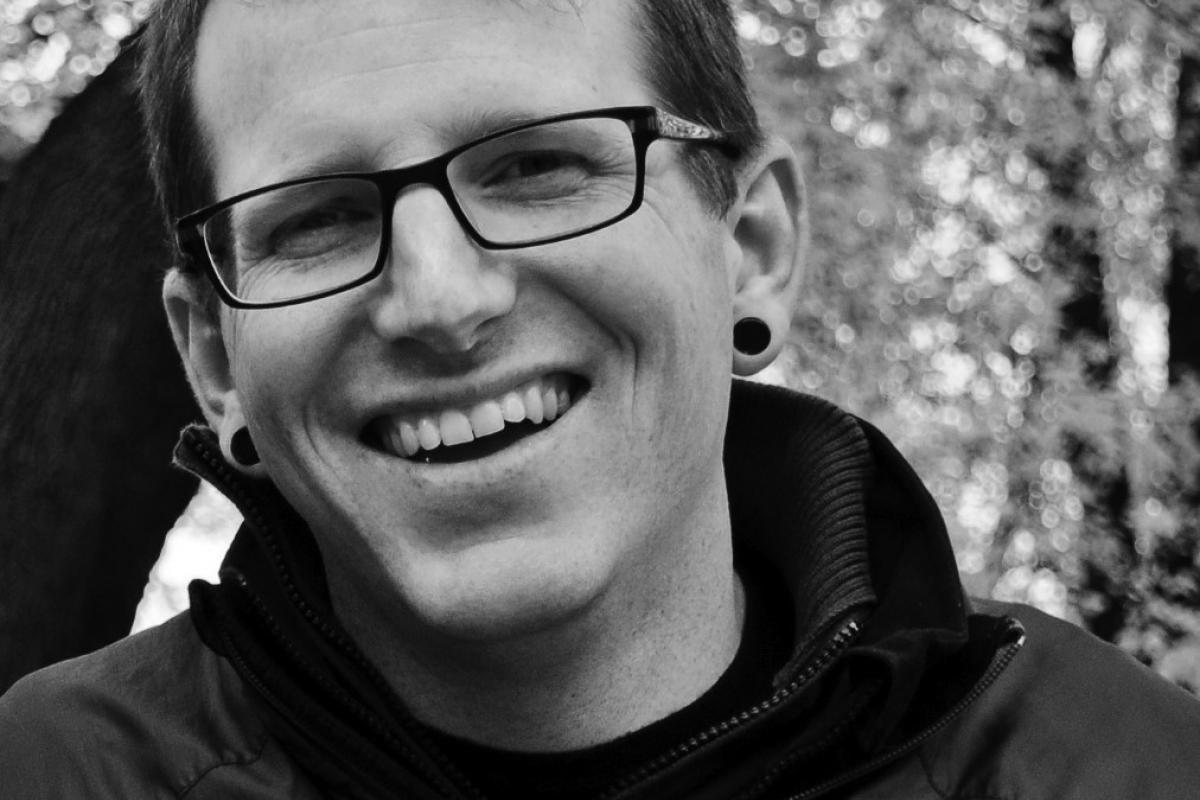Waterfront at Pinawa. Photo courtesy of Parinaz Shariat Zadeh.
Water: Rights and Relationships
By Kiersten Sanderson
With contributions from Angela Ciceron, Sarah Deckert, Adele Perry, and Pauline Tennent
Access to safe, accessible, affordable, and reliable clean water that can be used for drinking, cleaning, and all other daily usage, as well as access to sanitation, is a basic human right.i Recognizing the fundamental importance of water as necessary for the survival of humans and all living beings on earth, and its essential nature for the enjoyment of all other human rights, in 2010, the United Nations General Assembly finally adopted a resolution to recognize the right to water. As such, states are legally bound to respect and fulfill this right.ii
While recognizing the right to water can be heralded as a move in the right direction, inequities in access to water persist and in some cases are intensifying, and often, the communities most impacted by water injustice are denied the opportunity to participate in decision making on issues of water management and governance.
Conventional approaches to water rights and considerations of water in the everyday lives of many in the west are often rooted in the idea that water is a resource to be bought and sold;iii to be invested in and withheld from those who cannot afford it.iv Despite its commodification, there is no substitute for water, and billions of people across the world continue to live without safe access to drinking water.v From First Nations communities in Canada to Palestine, and to Paraguay, a denial of the right to clean drinking water is felt around the world, often by those already marginalized from other structures of oppression.
The CHRR has a longstanding history of working in the area of water and justice, through the CREATE H2O project, and the work of its staff, research affiliates and partners. The Just Waters project continues this important work.
How to Cite: Sanderson, Kiersten (2025). Water: Rights and Relationships. Centre for Human Rights Research. https://chrr.info/research-theme/research-themes/water-rights-justice/
Water (In)Justice
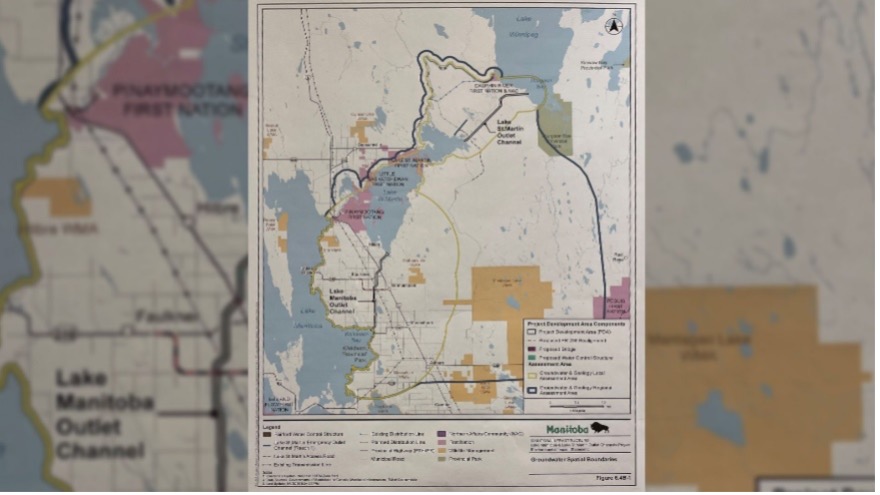
Water Access and Governance
The community of Standing Rock went without reliable access to water for about half a century, only for the United States Government to choose to fast track the development of the Dakota Access Pipeline through Standing Rock. The pipeline was rerouted due to concerns that spills would affect the drinking water for the city of Bismarck, yet the government held little concern for Standing Rock and their own risk of contaminated water.
Water and Liveability
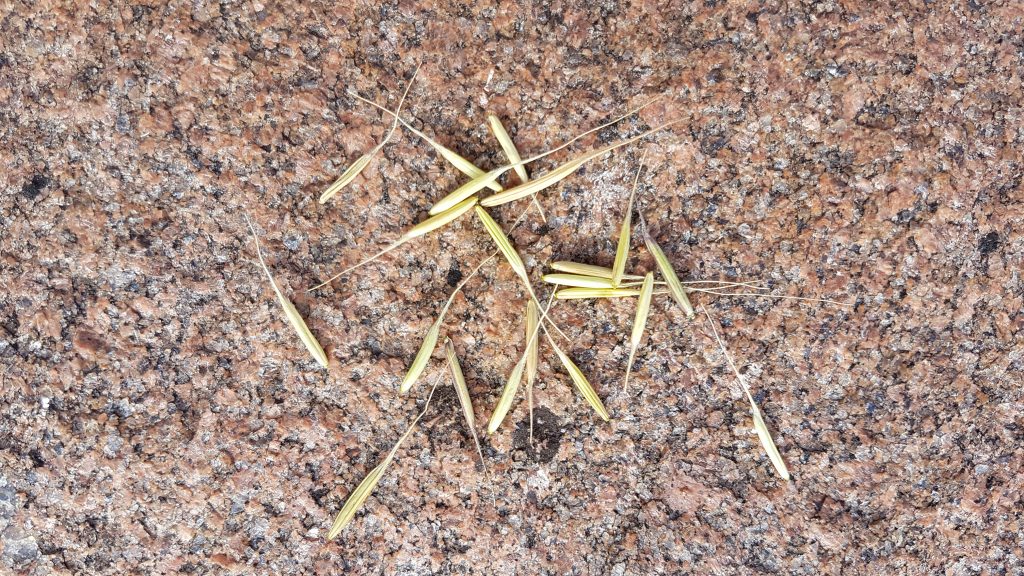
Climate Change and Water
Water as Relation
Water is critical to the health and survival of all life on earth. Despite widespread acknowledgement of the importance of water, unsustainable water use and colonial governance frameworks continue to drive issues of water quality, quantity and flows. Such issues are further exacerbated by climate change.
It is essential to reframe the current approach of water as a resource to one that is rooted in water as relation, to focus on the relationship between water and all living beings.x Respecting and incorporating Indigenous knowledge systems means understanding our own relationships with and responsibilities to water, beyond survival or ownership.
ii “The Human Right to Water: Critiques and Condition of Possibility” Farhana Sultana and Alex Loftus. WIREs Water 2015, 2:97–105. doi: 10.1002/wat2.1067.
iii Elizabeth Marino, “Adaptation privilege and voluntary buyouts: Perspectives on ethnocentrism in sea level rise relocation and retreat policies in the US” (2018) 49:1 Global Envtl Change from Kelsey Leonard, “WAMPUM Adaptation framework: eastern coastal Tribal Nations and sea level rise impacts on water security, Climate and Development” (2021) 13:9, Climate & Development 842
iv Margreet Zwarteveen & Rutgerd Boelens, “Defining, Researching and Struggling for Water Justice: Some Conceptual Building Blocks for Research and Action.” (2014) 39:2 Water International 143 doi:10.1080/02508060.2014.891168.
v United Nations Water “Human rights to water and sanitation: Facts”https://www.unwater.org/water-facts/human-rights-water-and-sanitation.
vi Craft, Aimée, and Jill Blakley. In Our Backyard: Keeyask and the Legacy of Hydroelectric Development. 1st ed., University of Manitoba Press, 2022.
vii Farhana Sultana, “Water justice: why it matters and how to achieve it” (2018) 43:4 Water Intl 483
x Deloitte. (2017, January 23). Thirsty for change: The untapped potential of women in urban water management.
Affiliate Researchers
Related Resources
Explore More Research Themes
-
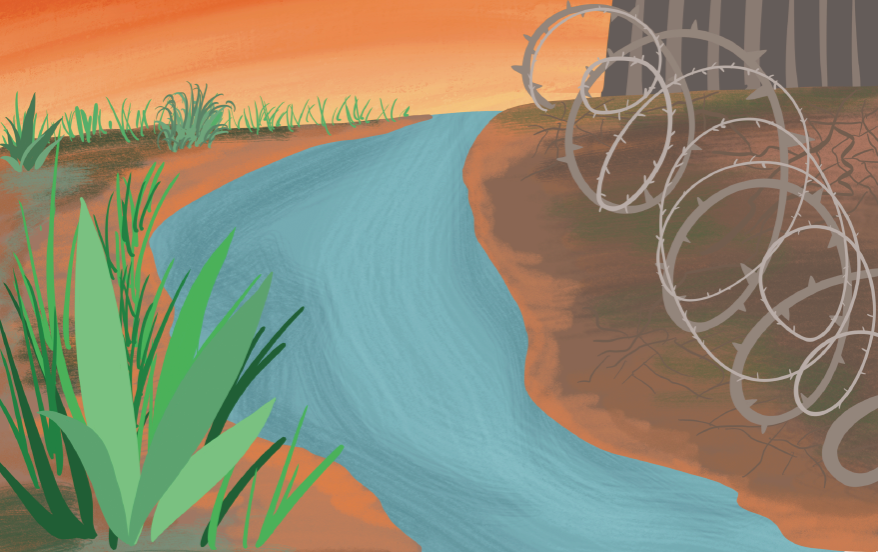
Borders & Human Rights Theme
FIND OUT MORE -
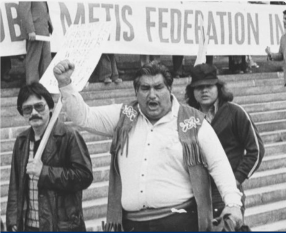
Indigenous Peoples & Human Rights Theme
FIND OUT MORE -
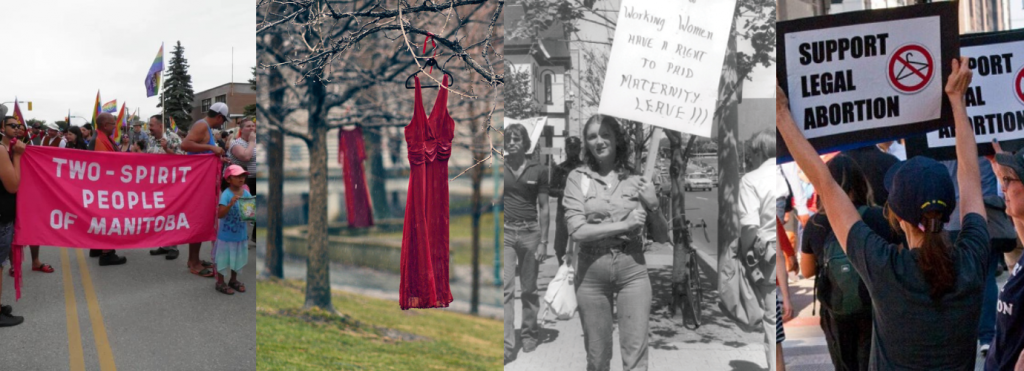
Reproductive & Bodily Justice Theme
FIND OUT MORE -
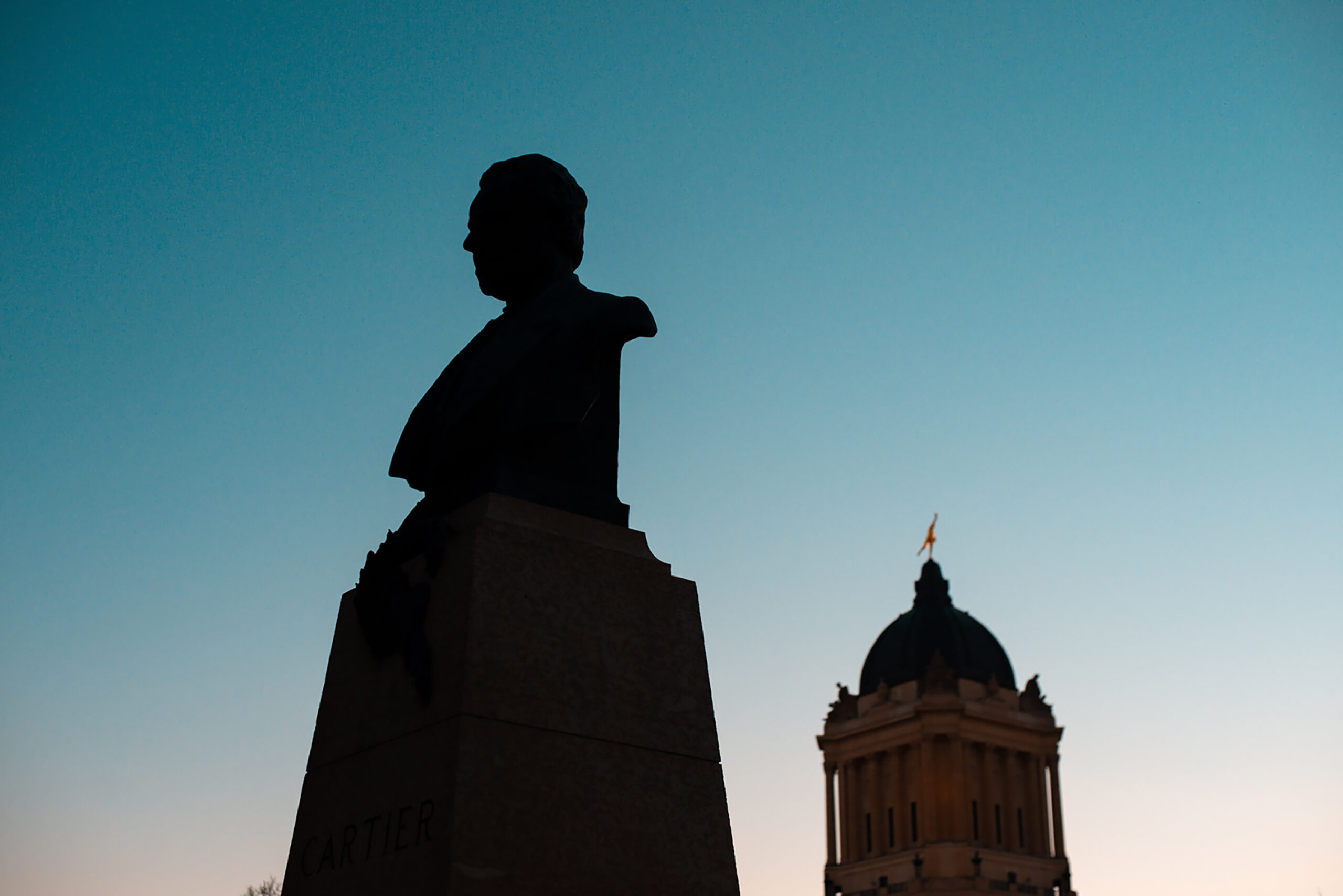
History & Commemoration Theme
FIND OUT MORE
Support Us
Whether you are passionate about interdisciplinary human rights research, social justice programming, or student training and mentorship, the University of Manitoba offers opportunities to support the opportunities most important to you.



